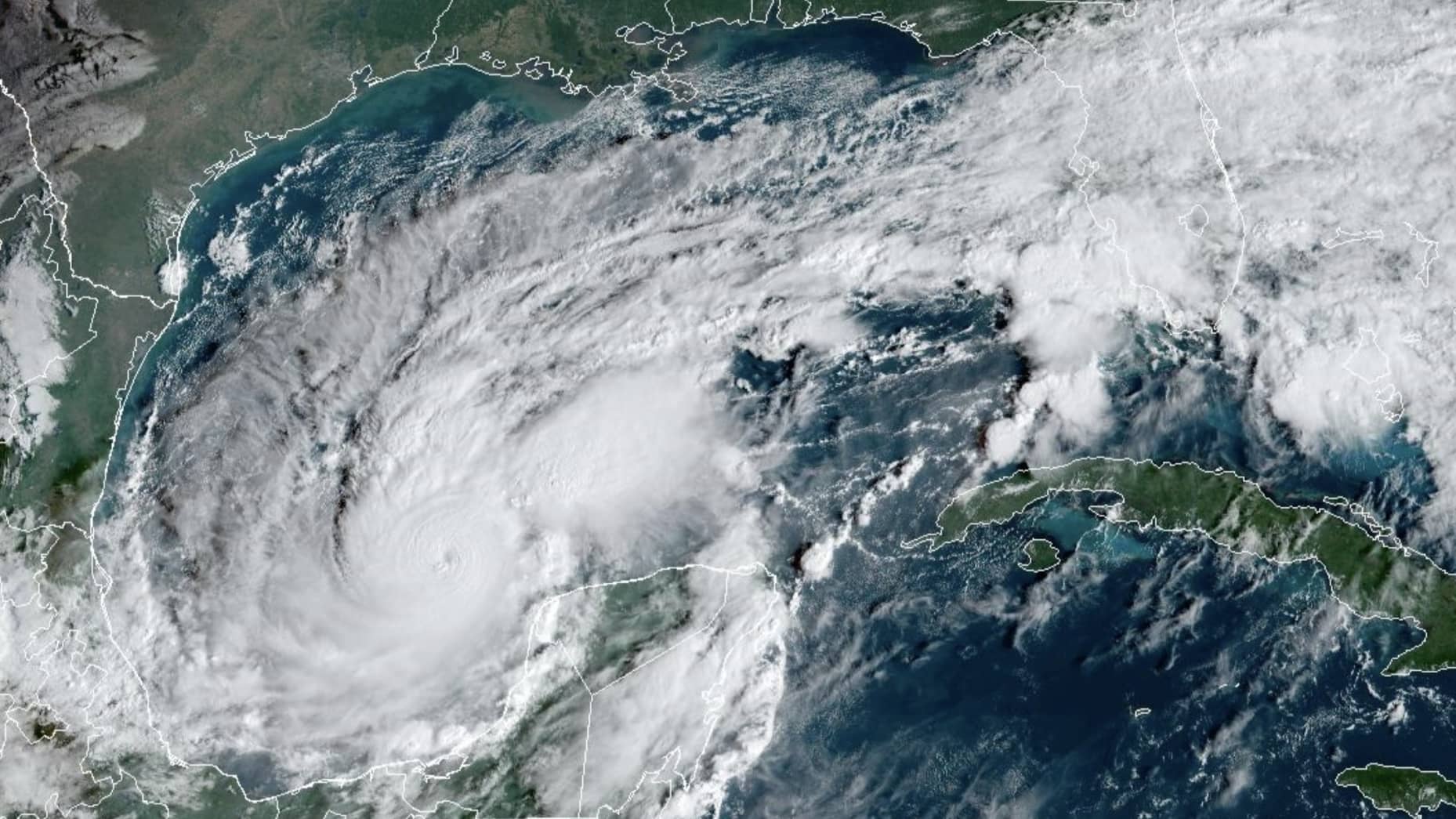Hurricane Milton is now a Category 5 storm as it approaches Florida
That would largely spare other southeastern states ravaged by Helene, which caused catastrophic damage from Florida into the Appalachian Mountains and a death toll that rose Sunday to at least 230 people.

Hurricane Milton intensified into a Category 5 storm on Monday, just an hour before lunchtime local time, as Florida prepares for what could be its largest evacuation in seven years—only days after Hurricane Helene made a significant impact.
According to the U.S. National Hurricane Center, Hurricane Milton achieved maximum sustained winds of 160 mph (250 kph) approximately 715 miles southwest of Tampa in the Gulf of Mexico shortly before noon Eastern. Hurricane watches are currently in effect for a large part of Florida, with the storm heading toward major urban areas, including Tampa and Orlando.
The storm is expected to hit the already battered Gulf Coast of Florida less than two weeks after Hurricane Helene passed through. While forecasts vary widely, the most probable path indicates that Milton could make landfall in the Tampa Bay area on Wednesday and maintain its hurricane status as it moves across central Florida into the Atlantic Ocean.
This trajectory could spare other southeastern states affected by Helene, which caused catastrophic damage across Florida and into the Appalachian Mountains, resulting in a death toll that rose to at least 230 by Sunday.
...MILTON RAPIDLY INTENSIFIES INTO A CATEGORY 5 HURRICANE...
— National Hurricane Center (@NWSNHC) October 7, 2024
Data from an Air Force Reserve Hurricane Hunter aircraft indicate that Milton has strengthened to a category 5. The max sustained winds are estimated to be 160 mph with higher gusts. https://t.co/dv1LkCViaN pic.twitter.com/zUwi2CNJhi
Florida Governor Ron DeSantis provided an update on Monday, noting that the storm has been progressing more slowly than anticipated, potentially delaying landfall. However, he emphasized that even slight delays do not lessen the urgency for residents to prepare.
He warned that Northern Pinellas County to Charlotte, including Tampa Bay, could experience an eight to twelve-foot storm surge, with other parts of the state facing a five to ten-foot storm surge potential.
“We’re talking about storm surge values higher than the ceiling,” said Kevin Guthrie, executive director of the Florida Division of Emergency Management. “Please, if you’re in the Tampa Bay area, you need to evacuate if an evacuation order has been issued. I beg you. I implore you to evacuate. Drowning deaths due to storm surge are 100 percent preventable if you leave.”
The Mexican government has issued a hurricane warning for the Yucatan Peninsula, spanning from Celestun to Rio Lagartos, according to the center.
In 2017, about seven million people were urged to evacuate Florida as Hurricane Irma approached, resulting in traffic jams on freeways, hours-long waits at gas stations that still had fuel, and evacuees expressing frustration and, in some cases, vowing never to evacuate again.
Drawing on lessons learned from Irma and other past storms, Florida is positioning emergency fuel for gas-powered vehicles and charging stations for electric vehicles along evacuation routes, Guthrie stated during a Sunday briefing.
“We are looking at every potential location that could serve as what we refer to in emergency management as a refuge of last resort,” Guthrie added.





